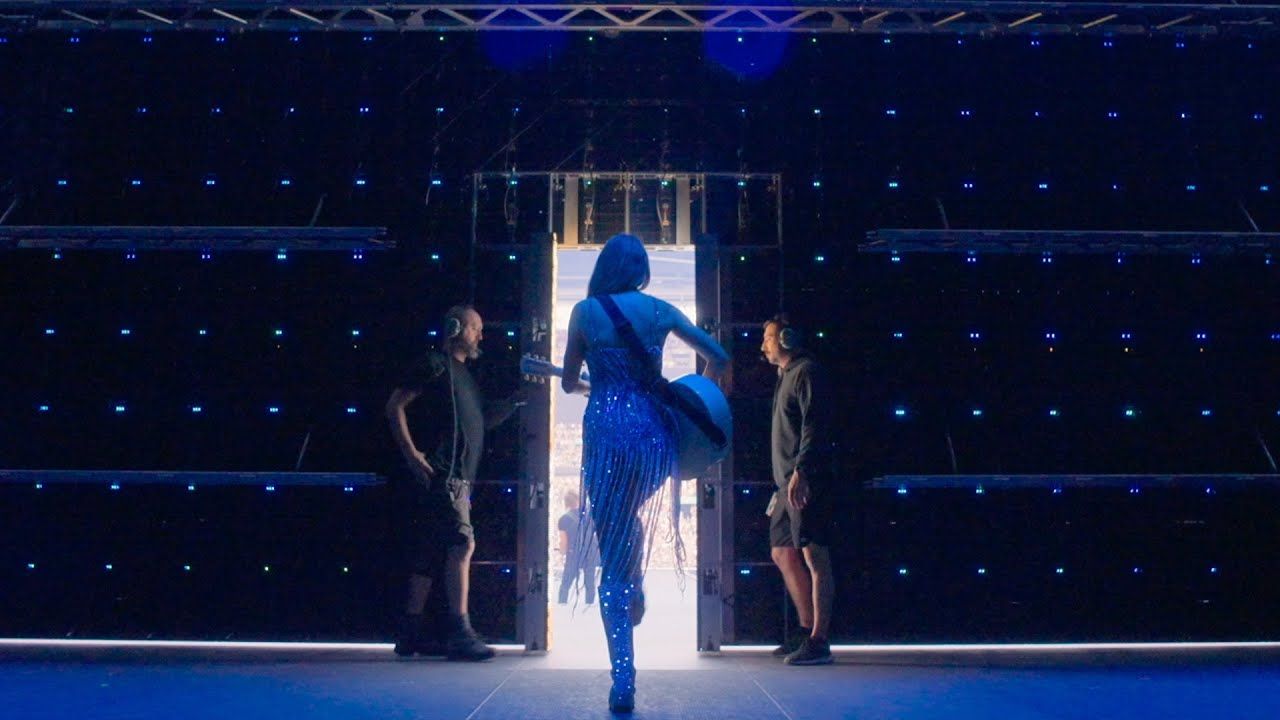What’s the hardest truth you’ve faced while trying to freelance as an artist?
Many aspiring artists jump into freelancing thinking it’s all about passion projects and creative freedom. But the reality? It’s often about grit, patience, and building your reputation over time. I’ve learned that the first gigs aren’t about showcasing your finest work but rather about getting your foot in the door and making connections that matter.
Your portfolio might look great, but it won’t speak for itself if you aren’t actively engaging with the community. Why do you think showing your process is more effective than sharing only finished pieces? Let’s hear your thoughts!
#FreelanceArtist #ArtCareer #ArtistCommunity #CreativeLife #Networking
Many aspiring artists jump into freelancing thinking it’s all about passion projects and creative freedom. But the reality? It’s often about grit, patience, and building your reputation over time. I’ve learned that the first gigs aren’t about showcasing your finest work but rather about getting your foot in the door and making connections that matter.
Your portfolio might look great, but it won’t speak for itself if you aren’t actively engaging with the community. Why do you think showing your process is more effective than sharing only finished pieces? Let’s hear your thoughts!
#FreelanceArtist #ArtCareer #ArtistCommunity #CreativeLife #Networking
What’s the hardest truth you’ve faced while trying to freelance as an artist? 🤔
Many aspiring artists jump into freelancing thinking it’s all about passion projects and creative freedom. But the reality? It’s often about grit, patience, and building your reputation over time. I’ve learned that the first gigs aren’t about showcasing your finest work but rather about getting your foot in the door and making connections that matter.
Your portfolio might look great, but it won’t speak for itself if you aren’t actively engaging with the community. Why do you think showing your process is more effective than sharing only finished pieces? Let’s hear your thoughts!
#FreelanceArtist #ArtCareer #ArtistCommunity #CreativeLife #Networking
0 Comentários
·0 Compartilhamentos









